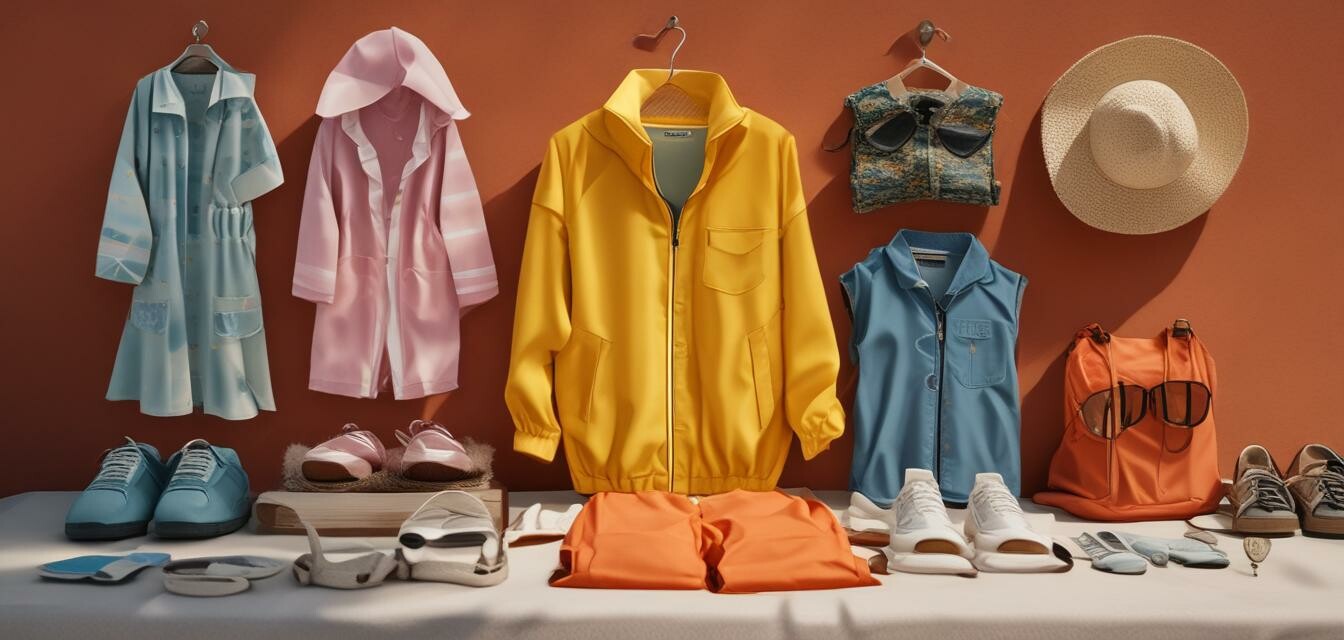
Essential Features to Look for in UV Protective Clothing
As the awareness of skin health and sun safety continues to grow, people are seeking better options for UV protective clothing. These specially designed garments offer a barrier against harmful rays, making them a smart choice for sunny days. When choosing UV protective clothing, it is vital to consider certain features that enhance their effectiveness and comfort. This guide outlines the must-have attributes that elevate UV protective clothing, ensuring you and your family stay safe while enjoying outdoor activities.
- UPF Rating: Look for a UPF (Ultraviolet Protection Factor) of 30-50+ for maximum skin protection.
- Material: Choose breathable, lightweight fabrics that wick away moisture for added comfort.
- Fit: Ensure a comfortable fit that allows for movement, especially during active use.
- Design: Opt for styles that provide additional coverage, such as long sleeves and high necklines.
- Care and Maintenance: Select clothing that is machine washable and retains its protective qualities over time.
Understanding UPF and Its Importance
The first feature to consider is the UPF rating. UPF measures the amount of UV radiation that penetrates the fabric and reaches the skin. Here’s what you need to know:
| UPF Rating | Protection Level | Recommended Use |
|---|---|---|
| UPF 15-20 | Good | Basic sun protection for everyday wear |
| UPF 30-40 | Very Good | Outdoor activities with lower sun exposure |
| UPF 50+ | Excellent | Extended outdoor activities under direct sunlight |
Material Matters: Choosing the Right Fabric
The right material not only affects UPF ratings but also comfort. Here are some fabric types commonly used in UV protective clothing:
- Polyester: Known for its durability and moisture-wicking properties.
- Nylon: Lightweight and offers good UV protection.
- Lyocell: Soft, breathable, and eco-friendly choice.
- Cotton Blends: Comfortable but may need additional treatments to enhance UV protection.
Breathability and Moisture-Wicking
One significant advantage of UV protective clothing is the ability to combine sun protection with breathability. Many brands design their garments with moisture-wicking technology, which pulls sweat away from the skin, keeping you cool during hot weather.
Finding the Right Fit
The fit affects not only comfort but also the effectiveness of UV protection. Look for:
- Loose-Fitting Options: These allow for better air circulation.
- Stretch Fabrics: Ensures freedom of movement during activities.
- Adjustable Features: Such as cuffs and drawstrings for a personalized fit.
Pros
- Consistent protection without needing to apply sunscreen.
- Ideal for outdoor enthusiasts and families.
- Available in various styles suitable for all occasions.
Cons
- Can be more expensive than regular clothing options.
- Some consumers may find the fit varies by brand.
Choosing the Right Design
The design of your UV protective clothing can significantly affect your level of protection and comfort. Consider options that add support:
- Long Sleeves: Offer more coverage for your arms.
- High Collars: Protect your neck from UV exposure.
- Wide Brimmed Hats: Complement your outfit and provide additional shade.
Care and Maintenance: Keeping Your UV Clothing Effective
To ensure your UV protective clothing retains its effectiveness, follow these maintenance tips:
- Wash in cold water to prevent fabric damage.
- Avoid bleach which can deteriorate material properties.
- Check care labels for specific washing instructions.
Conclusion
In conclusion, investing in UV protective clothing is a proactive step towards ensuring skin safety during outdoor activities. Pay attention to UPF ratings, fabric types, fit, design, and care instructions to maximize your investment. With the right clothing, you can enjoy fun in the sun while protecting yourself and your family.
For more detailed insights, explore our guides on buying UV protective clothing or check out our collection of Accessories designed to enhance sun safety.